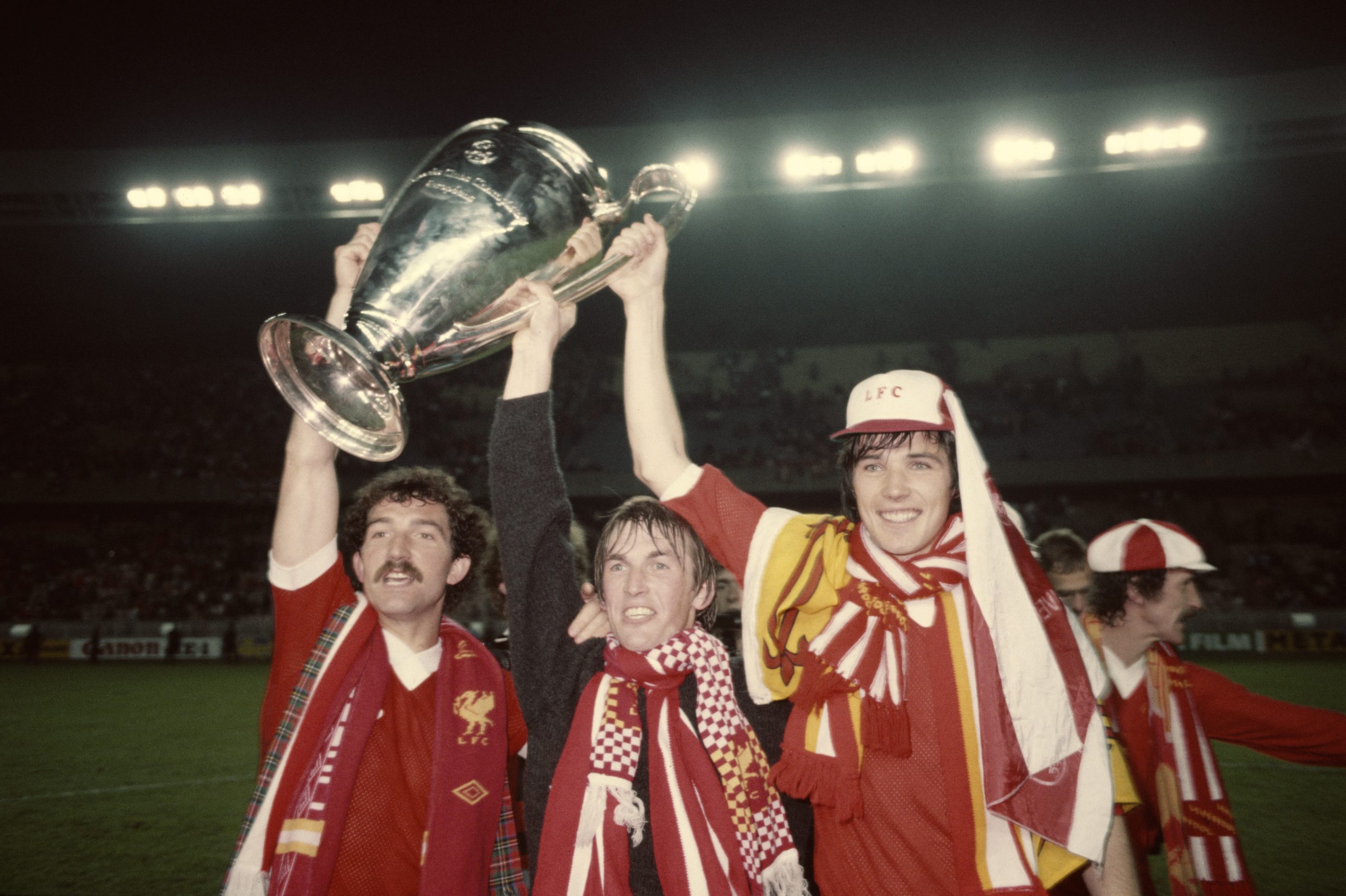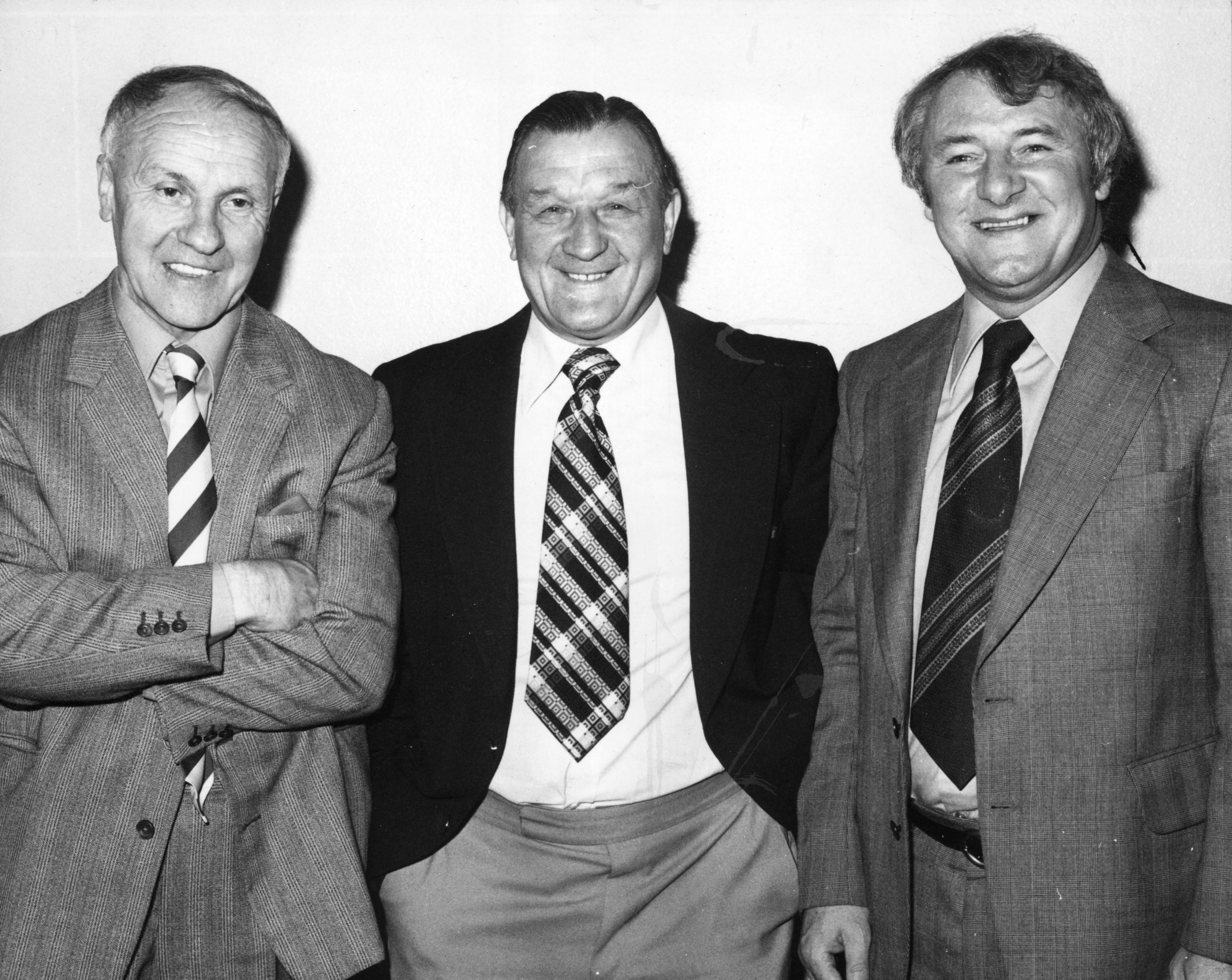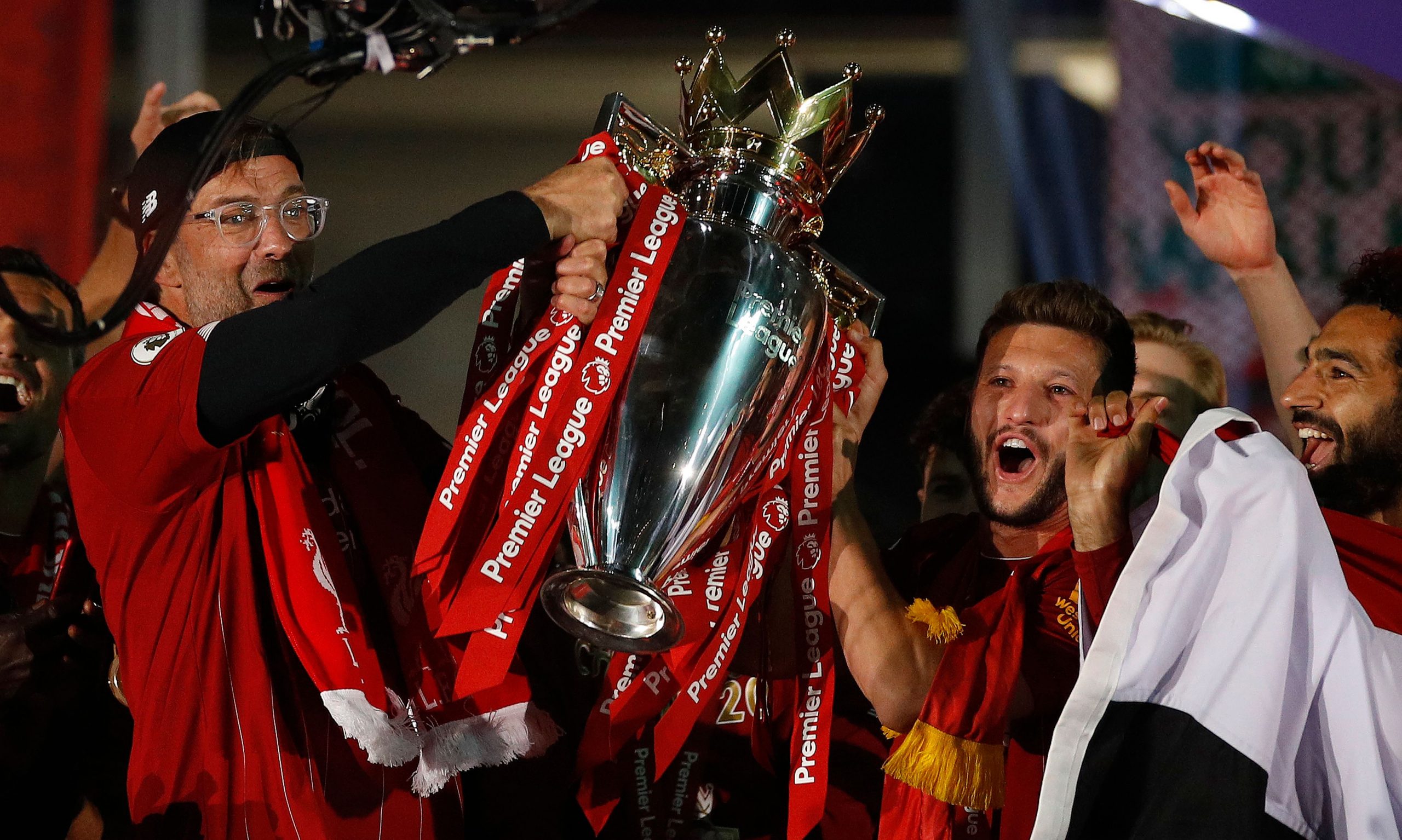Liverpool
Liverpool, a coastal city in northwest England where the River Mersey meets the Irish Sea, is famous worldwide for two things: The Beatles and an iconic football club Liverpool F.C.
When Was Liverpool Founded?
The journey began on 15th March 1892 after John Houlding, the president of the Everton football club, decided to part ways and build a brand new club following a disagreement with the directors. Houlding used to own Anfield, the then home ground of the Toffees. But a dispute over rent saw them leaving the stadium for Goodison Park.
Houlding tried to register the newly formed side as “Everton Football Club and Athletic Grounds Company, Limited”. However, the Football League refrained him from doing so with Everton being one of the founder members already since the league’s inception back in 1888. Two clubs were not allowed to carry the same name and Houlding, therefore, opted for “Liverpool Football Club” to embark on his new venture in the city of Liverpool.
History of Liverpool
Meanwhile, the appeal for participation in the First Division was rejected by the League. The authority found it premature and Liverpool instead participated in the Lancashire League during their inaugural season. They went on to win the competition over Blackpool on goal average, as well as conquered the Liverpool District Cup defeating city rivals Everton. Impressed by their success, the Football League accepted the plea this time and allocated a slot in the Second Division after Accrington and Bootle’s resignations.
Manager John McKenna brought in an array of Scottish players to form the maiden Liverpool squad. Those who left Scotland to play in England were known as Scotch Professors and the club fielded an all-Scottish lineup in their first-ever professional fixture (a pre-season friendly against Rotherham Town).

Their initial strip was blue and white chequered shirts and white shorts, but the kit was changed to red shirts to avoid a conflict with Everton’s colours in the aftermath of a top-flight promotion (in 1894). Interestingly, they earned the feat by defeating Newton Heath, the First Division’s bottom-placed team in a knockout game, also known as the test match back then. Newton Heath were later renamed Manchester United.
The club have witnessed two crowd disasters, the first one was on 29 May 1985 before the start of the European Cup Final between Liverpool and Juventus at The Heysel Stadium. 39 people, mostly Italians and Juventus fans, were killed after Liverpool supporters charged at Juventus fans and breached a fence that was separating them from a “neutral area”.
The Hillsborough disaster was a fatal human crush during a football match at Hillsborough Stadium in Sheffield, South Yorkshire, England, on 15 April 1989 during an FA Cup semi-final between Liverpool and Nottingham Forest. With 97 deaths and 766 injuries, it has the highest death toll in British sporting history.
How Many Trophies Have Liverpool Won
Liverpool are the most successful English club in terms of major silverware. So far, they have won 49 of them, 4 more than bitter rivals Manchester United. While the Red Devils still have an edge with 20 First Division/Premier League titles, the Reds are way ahead in Europe with 6 European Cup / Champions League trophies compared to United’s 3.
| Competition | Liverpool titles | |
|---|---|---|
| First Division / Premier League | 19 | |
| FA Cup | 7 | |
| League Cup | 9 | |
| European Cup / Champions League | 6 | |
| UEFA Cup / Europa League | 3 | |
| UEFA Super Cup | 4 | |
| FIFA Club World Cup | 1 | |
Who Are The Greatest Managers Of Liverpool
The Reds had a phase of turmoil that began in 1954 after enduring relegation. The club needed a visionary who could modernize the setup and introduce an identity. Five years later, they had one in the name of Bill Shankly who revolutionized Liverpool.

Shankly, the most important man in Liverpool’s history, galvanized the club with his philosophy, approach and mastery. The promotion was attained in the 1961-62 season and his glory still remains ’round the fields of Anfield road. He guided them to conquer three First Divison crowns, two FA Cups and one UEFA Cup before stepping down in 1983. Bob Paisley, who was among the coaches during Shankly’s realm, built on the foundations laid by his predecessor. The former Reds wing-half remains their most successful manager with 6 leagues and 3 European Cups among numerous honours.
The likes of Joe Fagan, Kenny Dalglish, Gérard Houllier and Rafael Benitez carried the baton forward, however, the dark days of the 2010s were finally over following Jurgen Klopp’s arrival in the autumn of 2015 replacing Brendan Rodgers. The charismatic German eventually restored the lost pride and transformed them into serial winners after years of mediocrity.
Who Are The Greatest Players Of Liverpool
A club of Liverpool’s stature have produced heroes and icons down the years. From the era of Billy Liddell, Roger Hunt and Ian St. John to Ian Rush, Kenny Dalglish, Steven Gerrard and the most recent Mohamed Salah, Sadio Mane and Roberto Firmino trinity have earned the legendary status at this prestigious football club. Not to forget Jan Molby, Phil Neal, Tommy Smith, Phil Thompson, Ian Callaghan, Alan Hansen, Ray Clemence, John Barnes, Bruce Grobbelaar, Emlyn Hughes, Graham Souness, Kevin Keegan, Robbie Fowler, Sami Hyypiä, Michael Owen, Jamie Carragher etc. who shook the Kop.

While King Kenny is regarded to be the greatest of the greats for his enormous achievement both as a player as well as a manager, Steven Gerrard has to be the most decorated Scouser ever for his loyalty, the on-field excellence and leadership traits in Liverpool colours.
Most Famous Stats And Facts Of Liverpool
- Liverpool are the first English professional club to have a logo sponsor for their uniforms. It bagged the deal with Hitachi, a Japanese multinational conglomerate company, in the year 1979.
- The Merseyside Derby between Liverpool and Everton is often dubbed the ‘friendly derby’ due to no segregation between fans. Yet there have been more red cards than in any other Premier League fixture!
- Between 1973 and 1991, Liverpool finished outside of the top two in the top flight in just one campaign, when they finished fifth in 1981. They did, however, win their third European Cup that season.
- Liverpool’s iconic Liver Bird badge has become a symbolic representation of the club since 1901, but the same has been a symbol of the city for over 800 years. It is thought to have originated in 1207 when King John was granted a Royal Charter to register Liverpool as a borough. He needed a unique seal to differentiate documents and sterling from his territory and chose a bird to feature as part of his crest.
- Liverpool are the only club to contest a major final in three countries of mainland Britain. They have played in Glasgow, Cardiff and London.
- Liverpool’s first-ever Football League game in 1893 saw seven ‘Macs’ in the starting XI and the club earned the nickname ‘the team of all the Macs’ due to the number of its Scottish players.
How To Contact The Club?
Click here to find the club’s official Instagram handle.
Click here to find the club’s official Twitter handle.
Click here to find the club’s official Twitter handle.
Schedule Of Liverpool
- Premier League: Aston Villa vs Liverpool, 10th May 2022, 8:00 PM BST, Villa Park
- FA Cup: Liverpool vs Chelsea, 14th May 2022, 4:45 PM BST, Wembley Stadium
- Premier League: Southampton vs Liverpool, 17th May 2022, 7:45 PM BST, St Mary’s
- Premier League: Liverpool vs Wolves, 22nd May 2022, 4:00 PM BST, Anfield
- UEFA Champions League: Liverpool vs Real Madrid, 28th May 2022, 21:00 CEST (UTC+2), Stade de France















